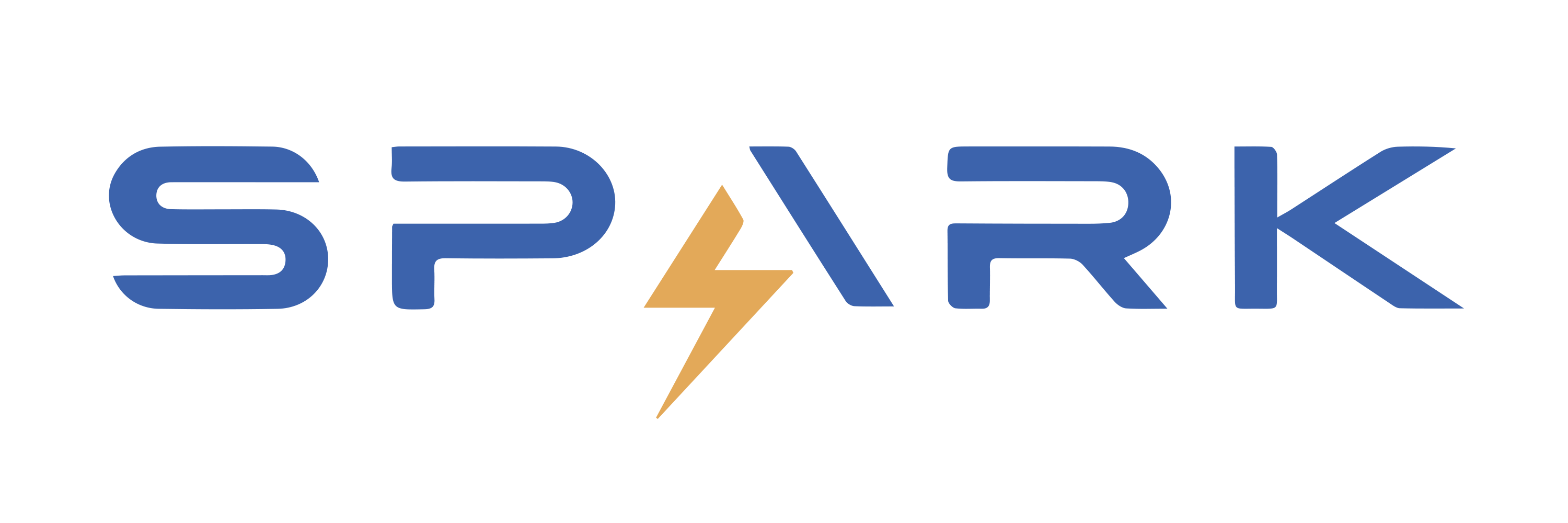The Secret to Retaining Users: How to Make Your App Addictive (in a Good Way)
One of the greatest difficulties in today’s highly saturated mobile environment is retaining the attention of users and bringing them back to the app. Rather than just having a good design of the app, it is greatly significant to retain the users. This is where the concept of making the app ‘addictive’ comes from but nobody here is talking about an unhealthy sort of addiction, but rather the wholesome kind that has users rushing back to the app because they get value, satisfaction, and even fun out of it.
If you want your app to be something that is used, recommended, and used again by its users, then is high time you got a grasp of engagement and retention psychology. In this article, we shall discuss the principles and strategies you should apply when developing an app so that people cannot take it out of their hands and get addicted.
By the end of this article, you will have practical tips to increase engagement with your apps and consequently the success rate of your app. If you are interested in moving forward with these tactics, then, Spark Technology in Hong Kong focuses on creating applications that users adore. Let’s dive in!
Key Metrics to Measure Retention

- Daily Active Users (DAU): How many of your users are daily active users?
- Monthly Active Users (MAU): Total Number of Users who interact with your app per month.
- Retention Rate: Users who use the site more than once within a given period.
- Churn Rate: Users who abandon your application after a certain period.
Maintaining these numbers well within healthy ranges is necessary, and making your app addictive in the right sense is the solution.
The Psychology of App Engagement
The factors that make people keep using an app need to be discussed before moving to the practical aspects of designing compelling applications. The main idea here is to focus on the aspects of the usage of the applications and make your app experience based on people’s actions that make them come back for more.
Instant Gratification
It is always the desire of most people to get rewarded in the process. Studies also reveal that so long as the user gets feedback or some form of reward after completing the task; he is more likely to perform the task again. It could be in terms of points, badges, or even graphic animations that work to signal achievement.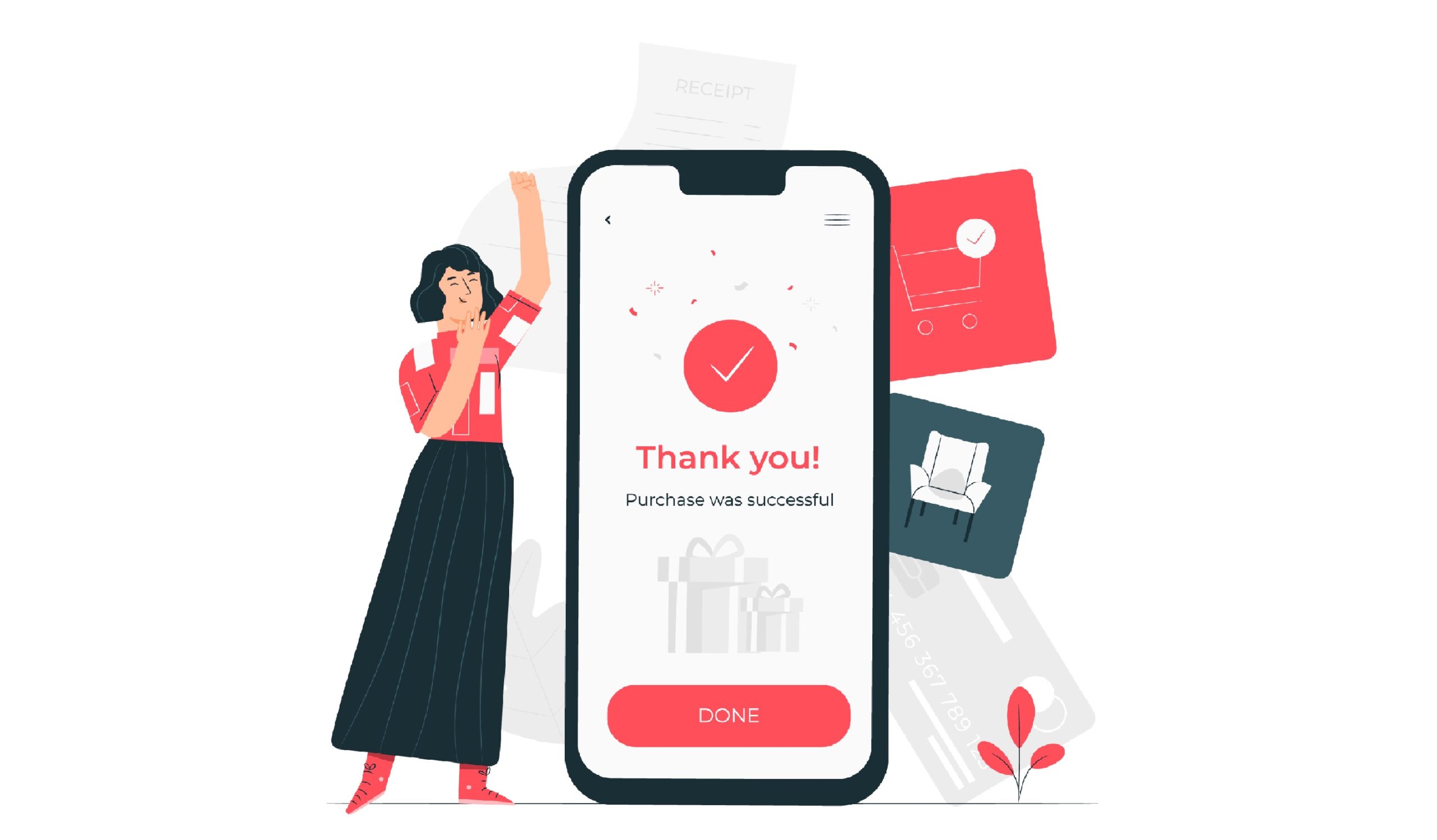 For instance, design a game that encourages the user at every small task. This concept is evident in social apps, fitness apps, or e-commerce apps in which one receives a notification or is ‘ rewarded’ immediately after they do something or buy something.
For instance, design a game that encourages the user at every small task. This concept is evident in social apps, fitness apps, or e-commerce apps in which one receives a notification or is ‘ rewarded’ immediately after they do something or buy something.
Variable Rewards
This principle, popularized by behavioral psychologist B.F Skinner, is at the heart of many addictive apps. The idea is that variable rewards, where the user doesn’t always know when they will get a reward, tap into the brain’s craving for unpredictability and excitement.
Examples of useful applications of this principle are apps that require users to go through an element of ‘fortune’ such as the random spin-to-win feature in social applications and games or random gifts on social media. However, it must be used well, to not upset the user or build in this unpredictability as an exploitable weakness.
Social Validation
Since we are social beings, many of us get great fulfillment from receiving a stamp of approval from other people. This is why the application for social networking sites like Instagram, Facebook, and TikTok are successful they offer users ‘likes, comments, and shares as a way of validation. However, the problem of social validation is not limited to social apps only. It can be integrated into any type of app that will require more communication between two or more users.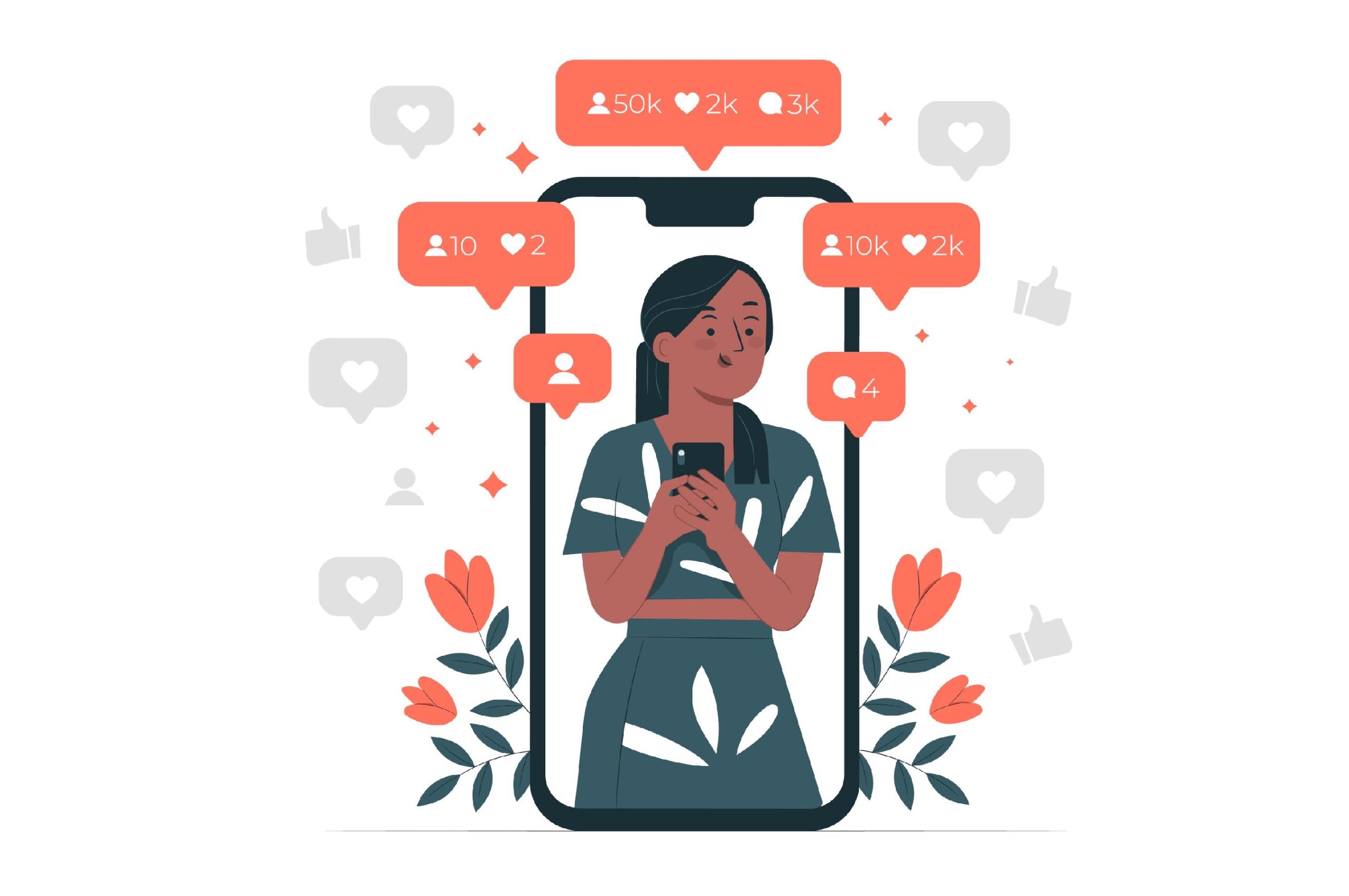 For instance, a fitness app where the user can set goals share them with friends, and track his/her achievements can take advantage of this principle. If you have a concept of the community through your application, the additional features like leaderboard, sharing, or ability to generate content will make the users get hooked, and use the app more often.
For instance, a fitness app where the user can set goals share them with friends, and track his/her achievements can take advantage of this principle. If you have a concept of the community through your application, the additional features like leaderboard, sharing, or ability to generate content will make the users get hooked, and use the app more often.
FOMO (Fear of Missing Out)
FOMO is still one of the strongest pushes for people to remain active within the application. It’s the feeling that you may lose something if you do not pay attention to the application; it can be a successful sale, a great opportunity, or even an interaction.
Retail applications like Amazon do this well by informing users of the remaining time for a deal or by notifying a user that the items in the cart are almost out of stock. Similarly, applications such as gaming may let a user see what his or her friends are doing, or notify him or her of activities within the app that are only available for a certain amount of time.
Personalization
More users will remain engaged with an app that seems to be specifically crafted and built to satisfy their interests, preferences or needs. Personalization may involve things like, content targeting, product recommendation or changing the whole interface.
If your app gathers user data in a privacy-sensitive manner and with the latter’s consent, a lot of relevant content can be presented to the user. For instance, an application in listening to music is likely to suggest some new tracks based on previous choices while an application in fitness is likely to suggest new exercises based on progress.
Strategies for Making Your App Addictive (in a Good Way)
Now, that we’ve discussed the psychological factor of using an app, it is about time to look into the strategies that define how to build an app that everyone will consider to be wondering and with hearts longing for more.
Create Seamless Onboarding
The first experience a user has with your app is crucial. If they feel confused, frustrated, or overwhelmed during onboarding, they might uninstall your app before even giving it a chance. A smooth, intuitive, and engaging onboarding process sets the stage for higher retention rates.
Consider using tutorials or in-app tips that help users get started quickly. Encourage users to complete their profile or take their first action with the app so that they feel like they’ve achieved something meaningful right away.
Leverage Gamification
It is the practice of applying game design thinking to applications that are not games with the sole aim of making users interested in the apps. Again, what the copyright could be associated with might be points, levels, badges, challenges, and rewards. This makes users revisit your app for more rewards, to level up, or to perform higher and better because the rewards given by the app are appealing to the users.
For instance, a learning app can incorporate gamification by providing badges once learners are through with lessons, a fitness app will provide achievement for daily exercise.
Integrate the Notifications function Carefully.
In fact, it can be stated that push notifications can be greatly effective as they can be greatly disadvantageous as well. When used correctly, push notifications can bring active users back to the application and remind them of your app’s existence. But when not efficiently implemented … they can become obnoxious and cause users to uninstall the apps. Ideally, notifications that are sent should be timely relevant, and catered to the specific user.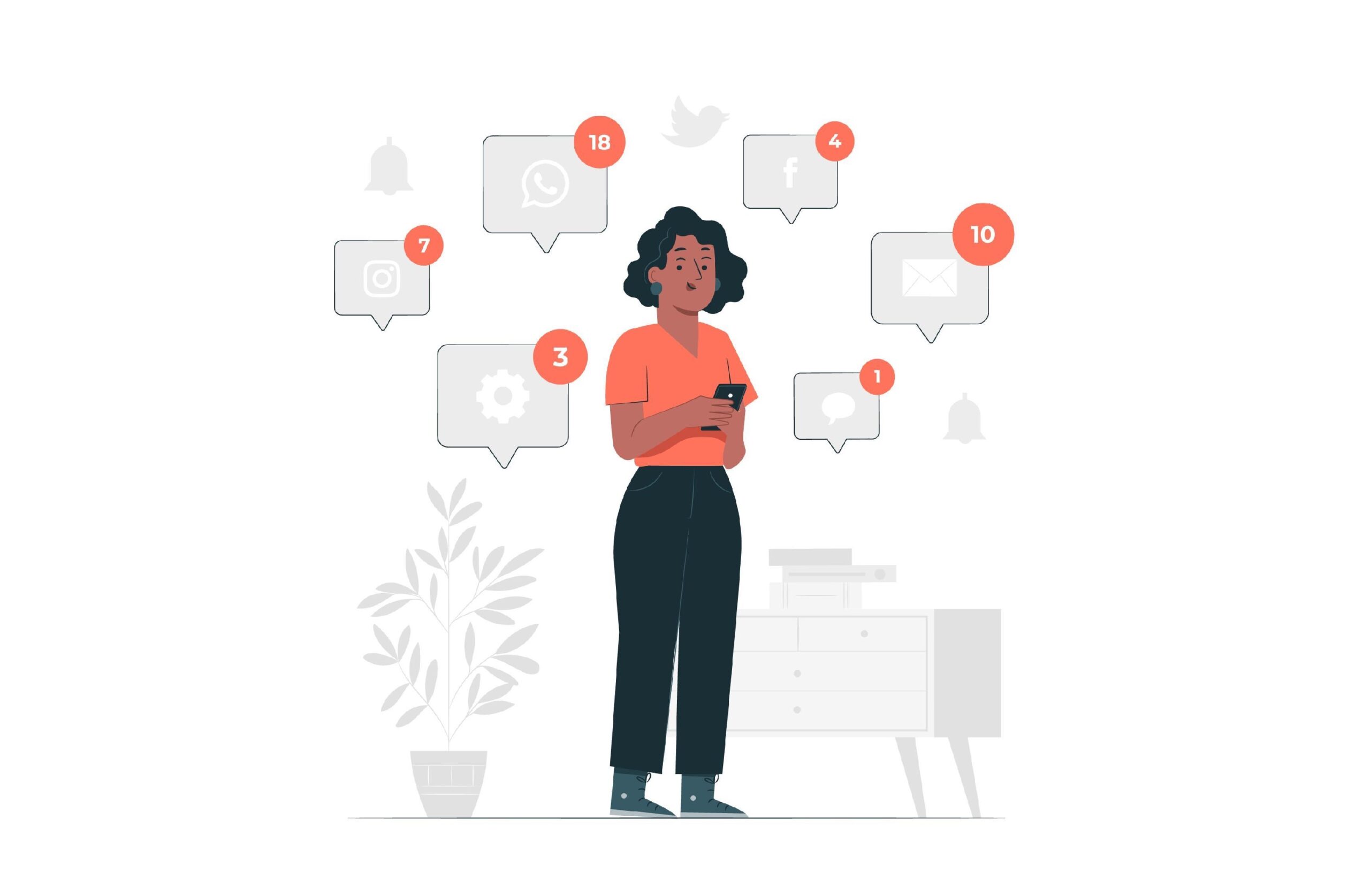 For example, one can send a notice about a flash sale or message the user that there is an incomplete task that he or she did not complete but possibly would want to continue without annoying the user.
For example, one can send a notice about a flash sale or message the user that there is an incomplete task that he or she did not complete but possibly would want to continue without annoying the user.
Offer Exclusive Content or Rewards
The best strategy for trying to have the users come back to the application more often is to give them something unique. This could be premium content, priority to the upcoming versions of the software the user has been using among other special privileges.
Using this strategy is most effective when the app is in a subscription-based model. Promising some benefits or extra functions for only subscribers will not only motivate them to continue using the app but also attract more and more free users to upgrade their statuses.
Encourage Habit Formation
Therefore, the way to make an app as addictive as we see it, or as addictive as we think it should be, is to teach users good habits. Applications that people apply into their daily lives such as; fitness apps, habit tracking apps, and meditation apps have higher retention rates simply because the user makes the app part of their day.
It may therefore be useful to integrate features that would make the application used daily or frequently. For instance, an application that is meant for guided meditation may offer a new meditation session for use in the morning to help people adopt it as a morning routine.
Create a Sense of Progress
Everyone likes to have a feeling that he or she is learning or developing in some way or the other. Using completion bars, levels, or personal milestones, you show the users where they are and give them a reason to keep coming back into the app.
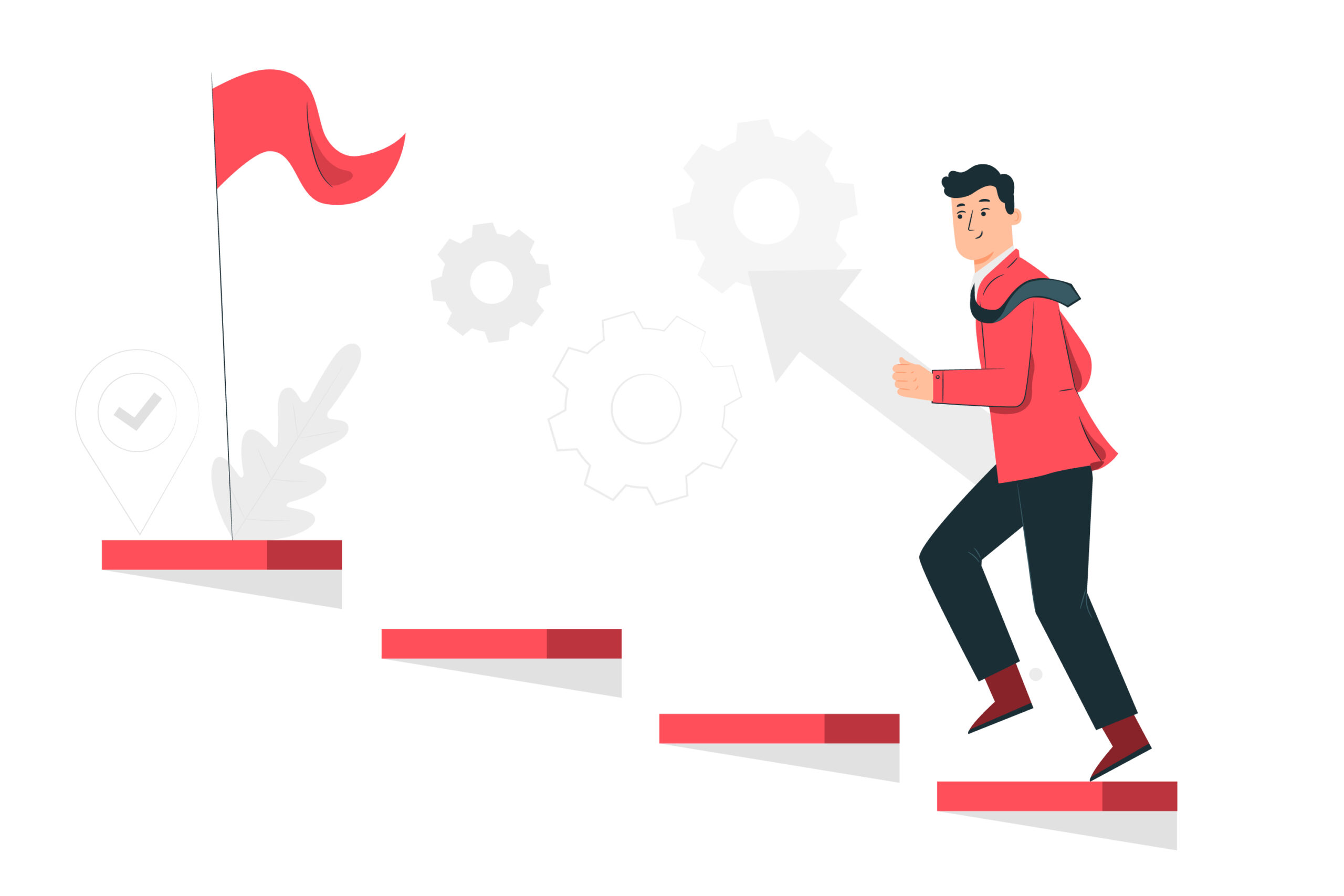
Applications related to fitness, learning, and productivity are particularly effective when it comes to applying this principle. When users start believing that they are evolving or changing, the chances are high that they will continue using the application.
Conclusion: Build Apps That Users Love and Can’t Put Down
It is extremely important to understand that ‘making your app addictive’ is not a strategy of tricking the user into hovering over the application every few minutes — it is about making the user want to come back to the application. It is important to focus on the most important psychological tendencies like instant reward, variable reward, social proof, and fear of missing out to create an application that will make clients engaged, satisfied, and loyal to the application.
Spark Technology focuses on developing applications that create engagement and loyalty for your business. Whether you need on-demand assistance in designing a smart user interface or are overwhelmed by the number of options for gamification our team has everything needed to create an application the user would turn to again and again.
So, are you preparing to create your high-quality web or app development? Come and see us today for more information and feel free to drop us a message
All this just requires the click of a button hence meaning your success is around the corner. Let us construct something that users cannot say ‘no!’ to!
